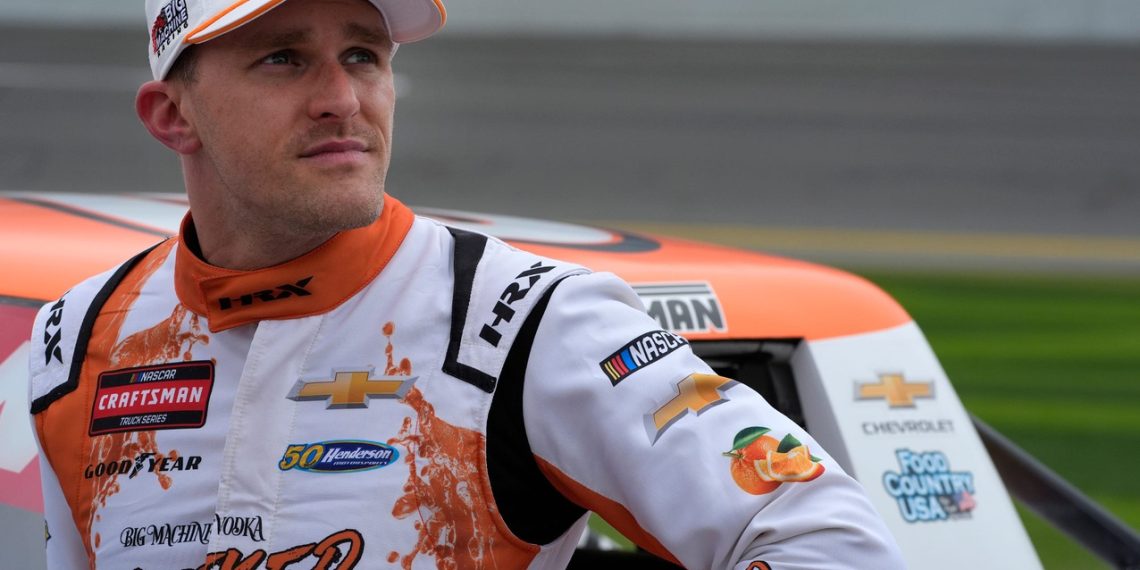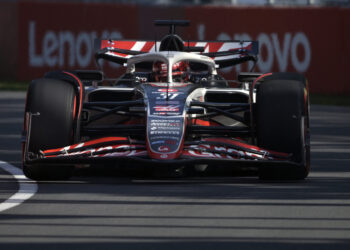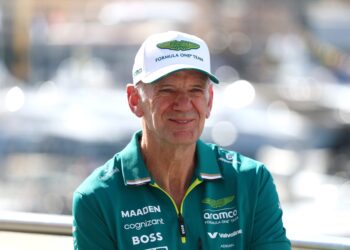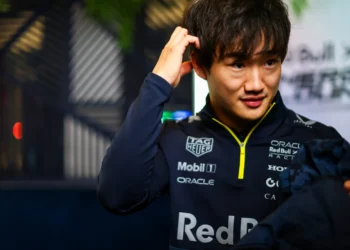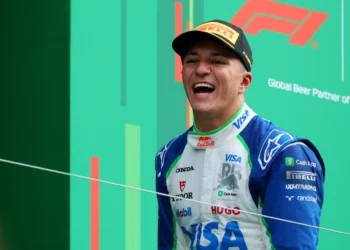Parker Kligerman, a seasoned NASCAR driver, recently faced a bitter disappointment as his hard-fought victory at Daytona turned into a controversial disqualification. The notable triumph for the No. 75 Henderson Motorsports truck driver was short-lived, as he was penalized for failing to meet the NASCAR ride height specification.
According to NASCAR regulations, Kligerman’s truck was too low in the rear. Despite his appeal against the penalty, the decision remained, raising questions about the fairness of the ride height rule in the NASCAR community.
The introduction of the ride height rule by NASCAR dates back years, but the enforcement of post-race penalties began only in 2019. Previously, the repercussions of failing the post-race inspection ranged from forfeiture of playoff tickets and points deduction to monetary fines. However, post-2019, wins could be completely rescinded if a vehicle was found lacking in any aspect. This regulation change marked a significant shift in NASCAR’s approach towards ensuring fair competition.
Kligerman’s recent disqualification wasn’t his first taste of misfortune. Last year, his run at the Charlotte Roval was marred by a caution that cost him the race. These back-to-back disappointments have led many, including Cup Series spotter Freddie Kraft and former NASCAR driver Tommy Baldwin Jr., to criticize the ride height rule.
Baldwin Jr. argued that the rule forces teams to modify their trucks to ride as low as possible for optimal performance. However, this can lead to issues during post-race inspections if the vehicles do not meet the specified height requirements. He further pointed out the expenses involved if the rule were to be changed, indicating that it would require a complete overhaul of the truck’s body and springs.
Adding to the controversy, there are speculations that some teams are deliberately damaging their cars during the cooldown lap after the race to pass the inspection. This theory emerged after William Byron’s contact with the wall following his Daytona 500 win.
The enforcement of the ride height rule has sparked debates and discussions in the NASCAR community. The rule has been criticized for its potential to cause discrepancies, as teams often design their trucks to race as close to the ground as possible for enhanced performance, and then adjust the height during pit stops to meet the ground clearance requirement.
Kligerman’s plight isn’t unique. In 2019, Ross Chastain faced a similar situation during a Gander Outdoors Truck Series race at Iowa Speedway. Following an infraction of the height rule, Chastain’s victory was revoked, he was credited with a last-place finish, and his points were cut by 55. His experience, along with Kligerman’s recent disqualification, has led to widespread criticism of the rule.
Former Cup Series champion Kevin Harvick expressed his disdain for the rule but acknowledged the challenges in altering it. He highlighted the need for consistency in rule enforcement, regardless of personal opinions about them.
The rule’s enforcement and Kligerman’s unsuccessful appeal have left the NASCAR community waiting for a possible review of the regulation. The ongoing debate surrounding the ride height rule highlights the need for NASCAR to ensure that their regulations provide a fair and level playing field for all competitors.

